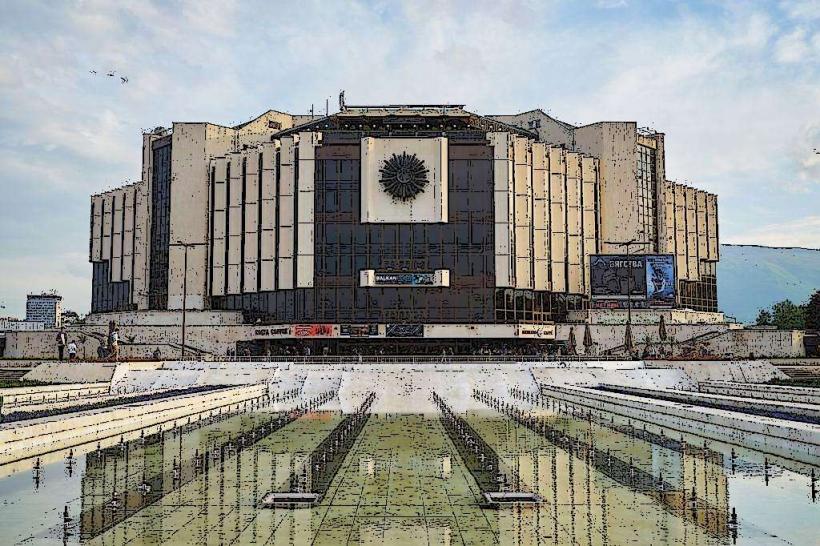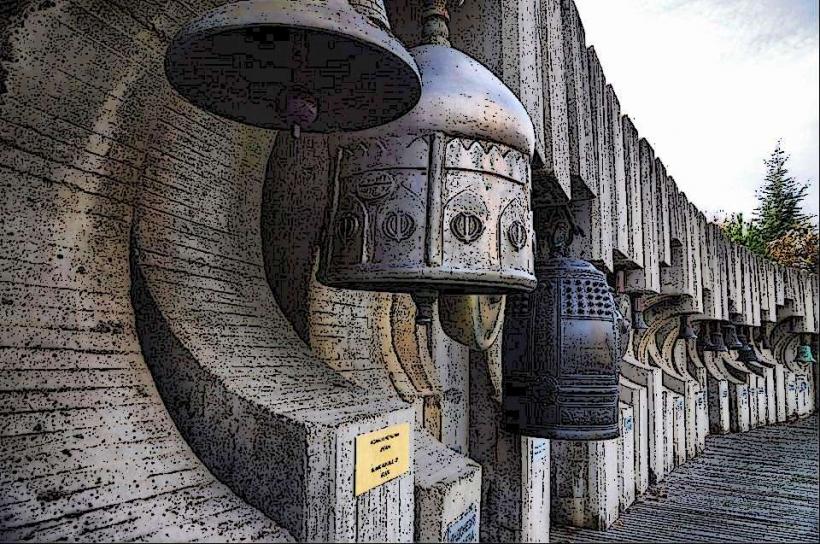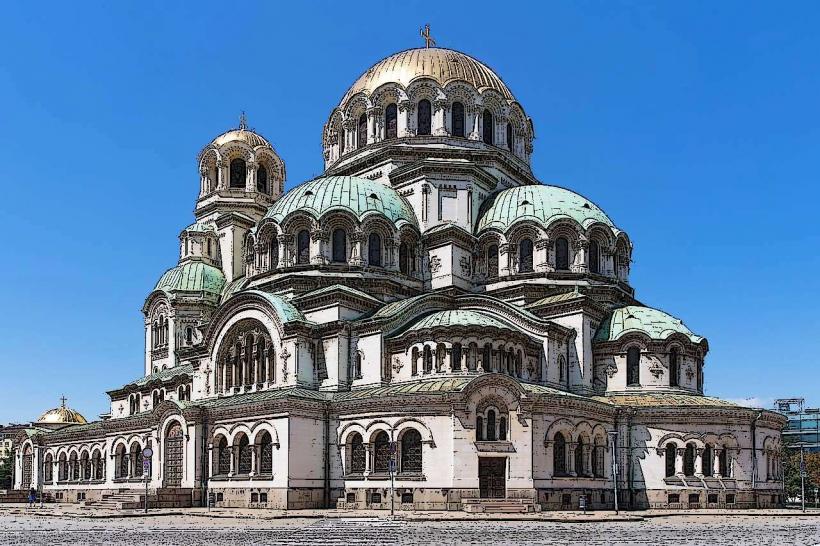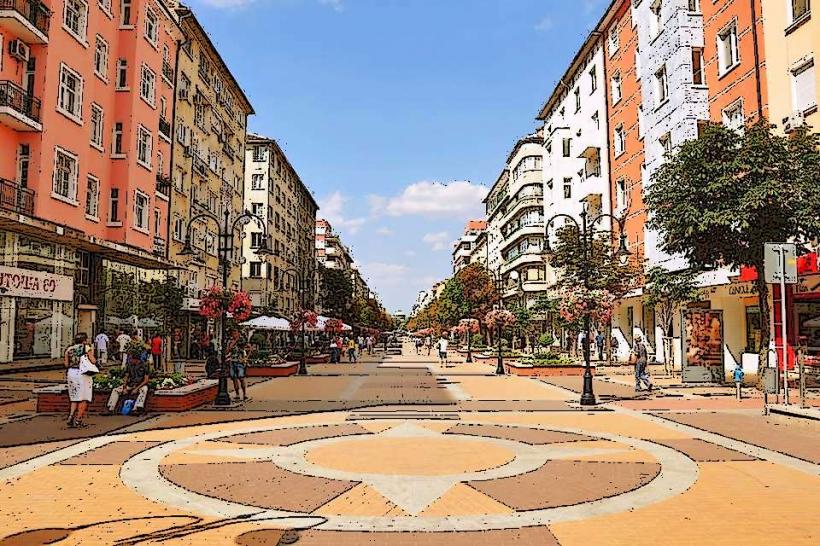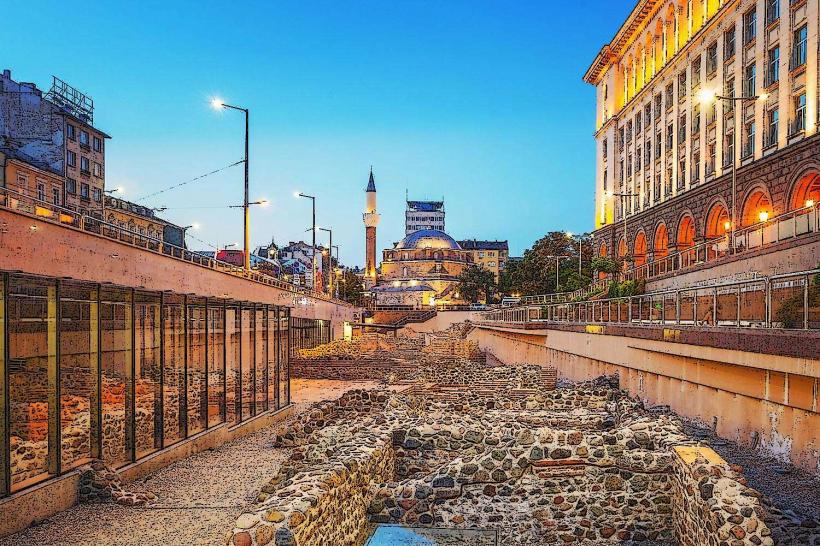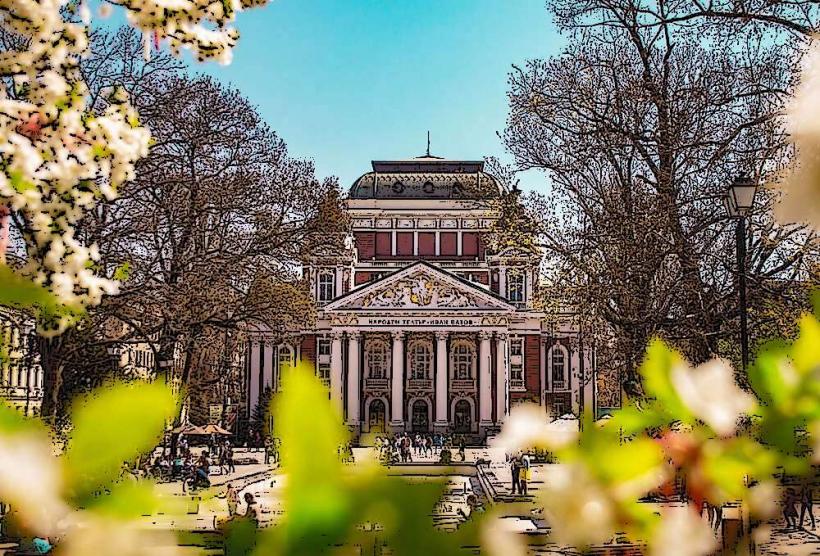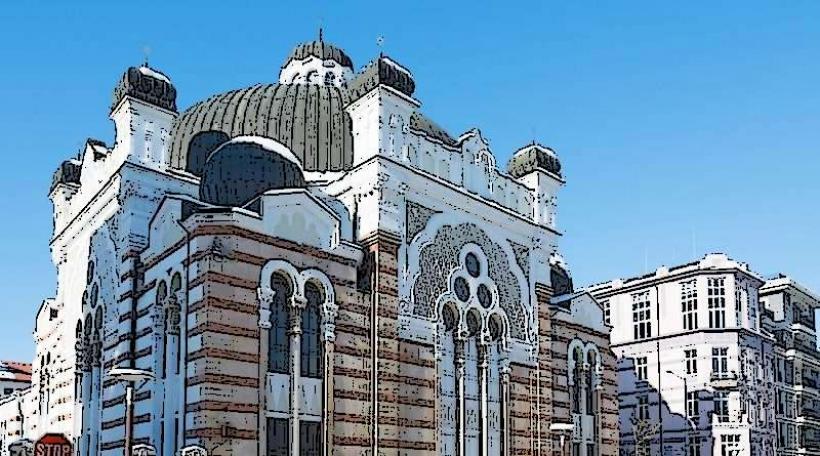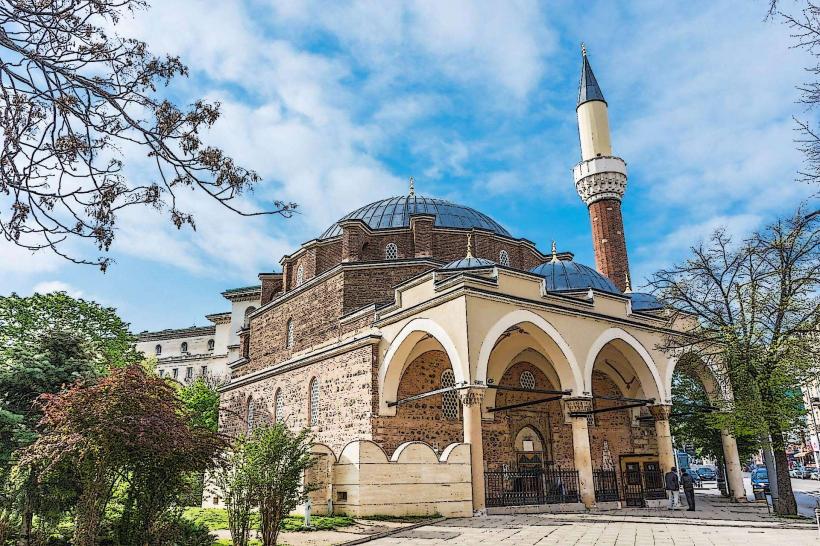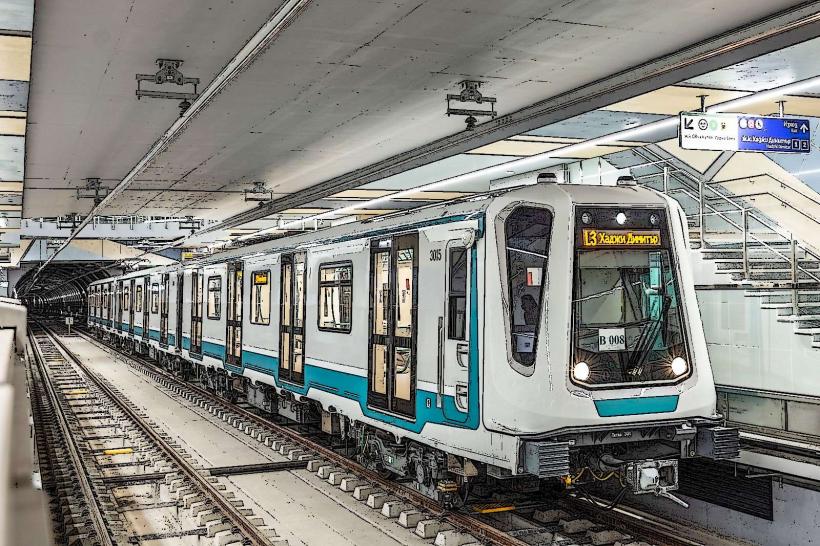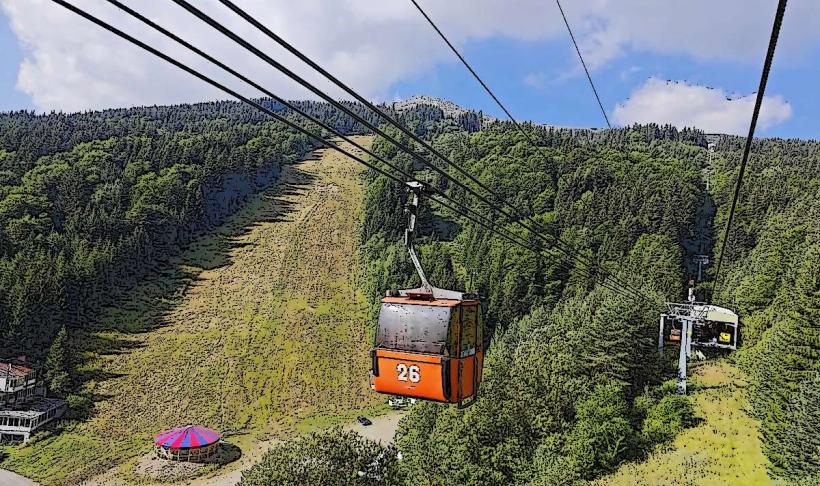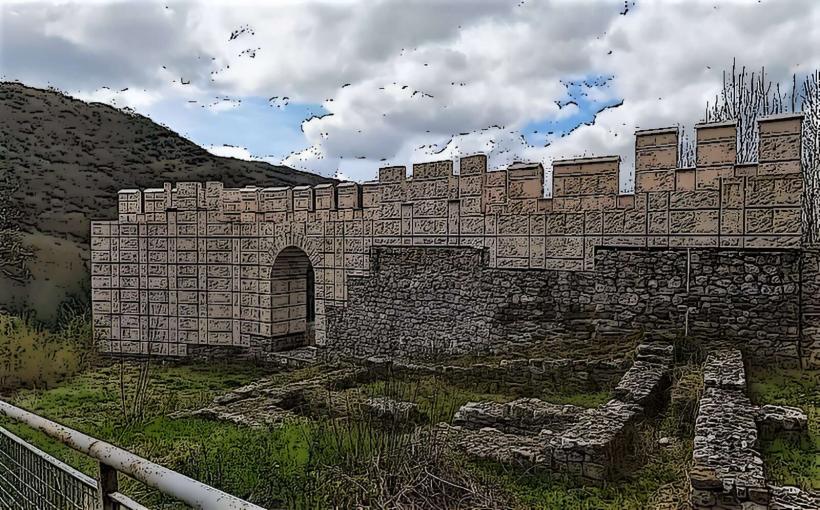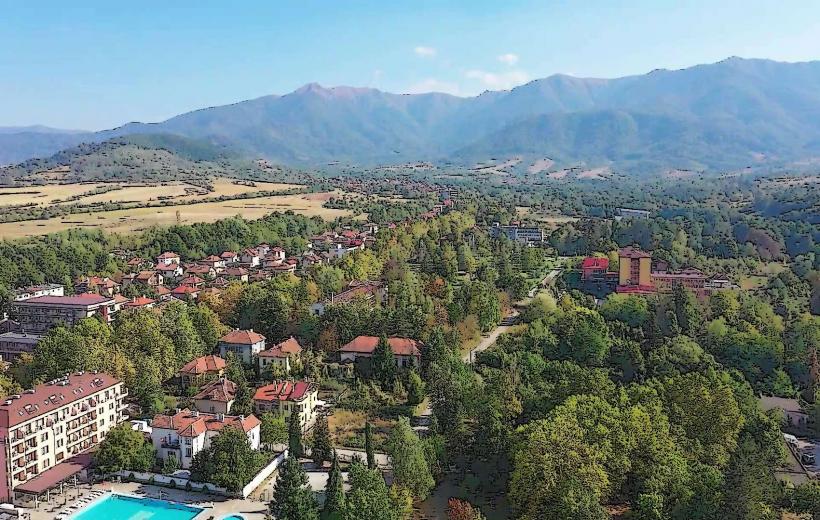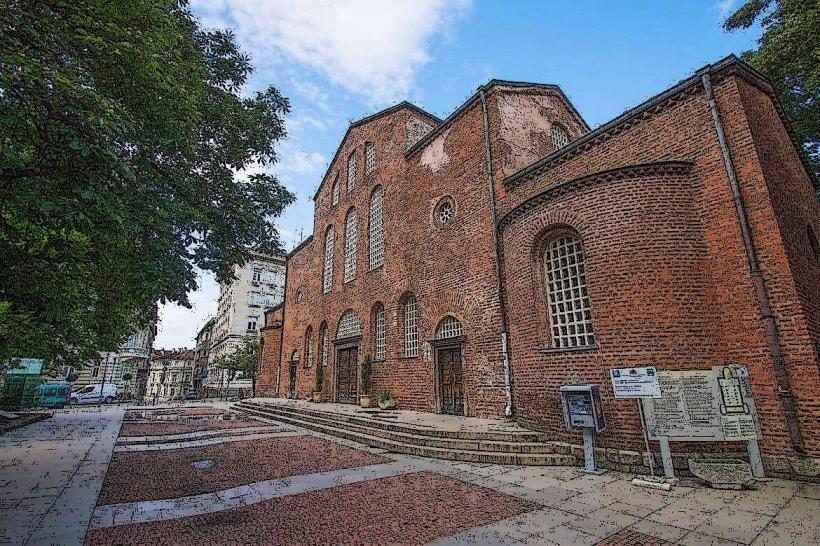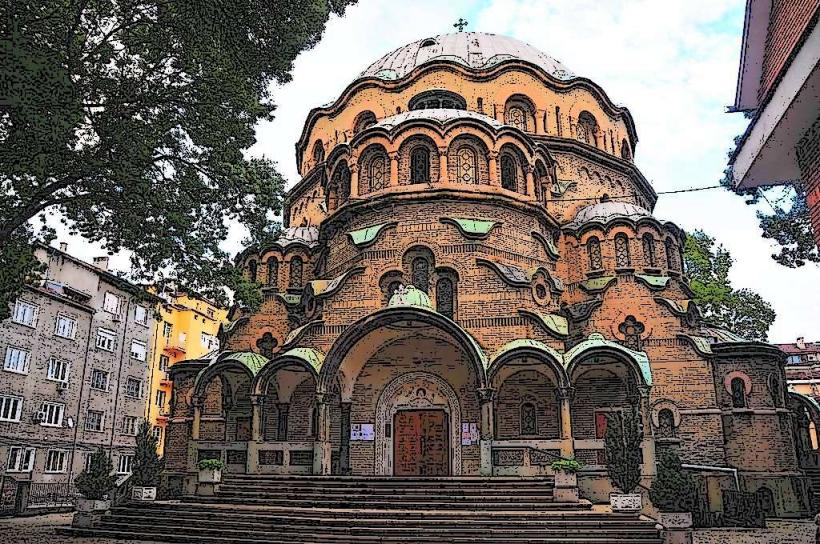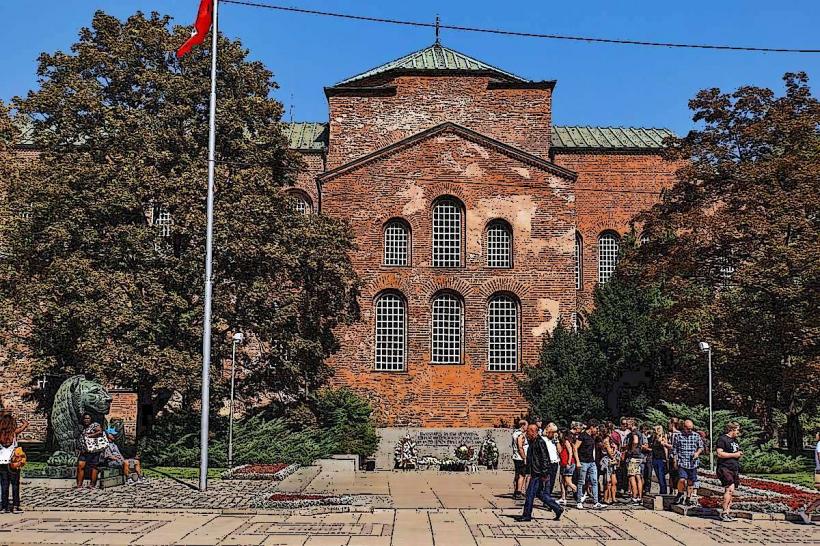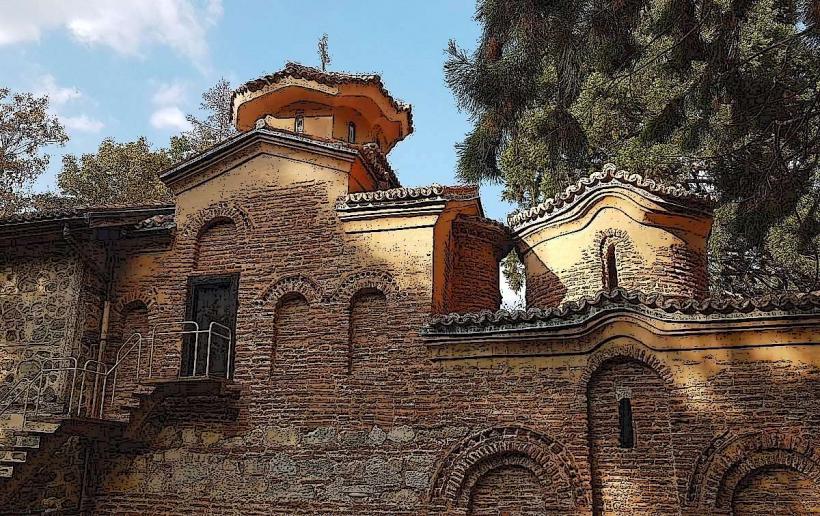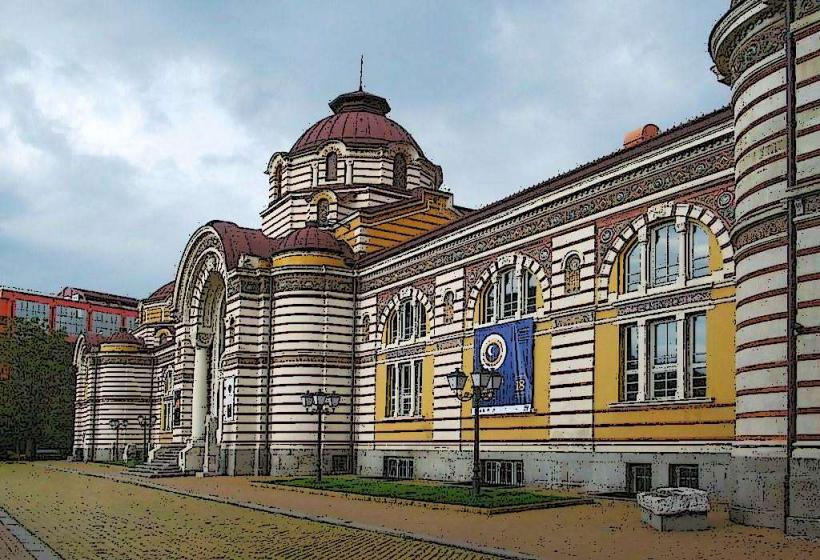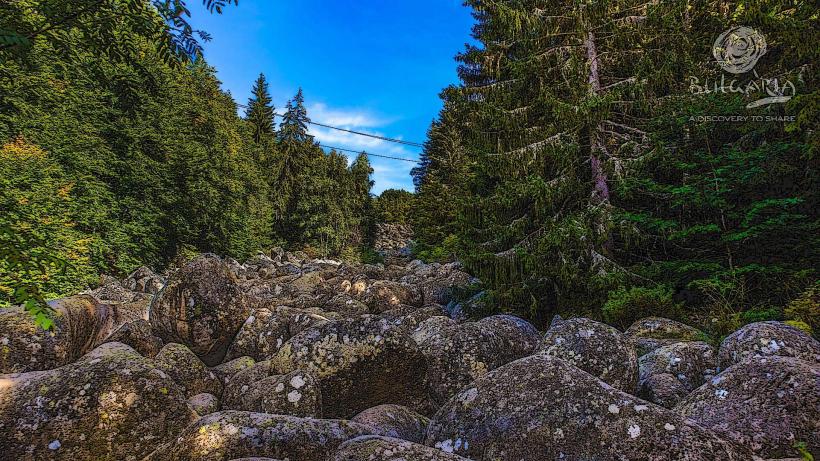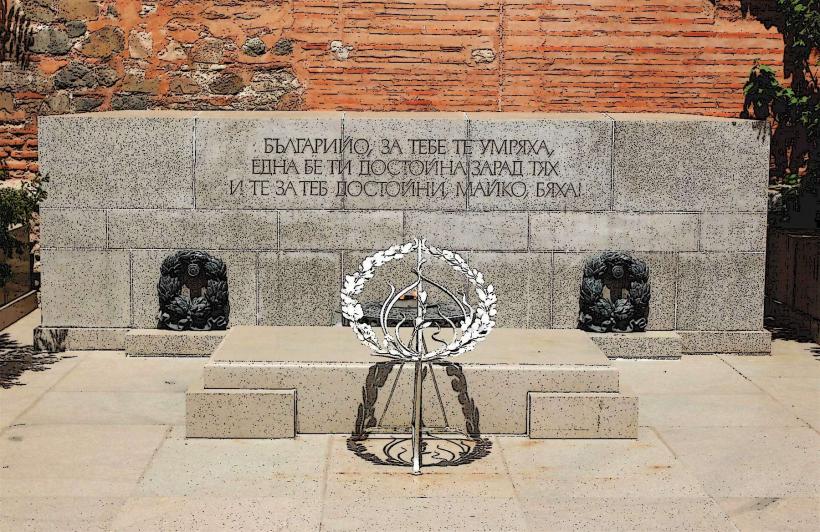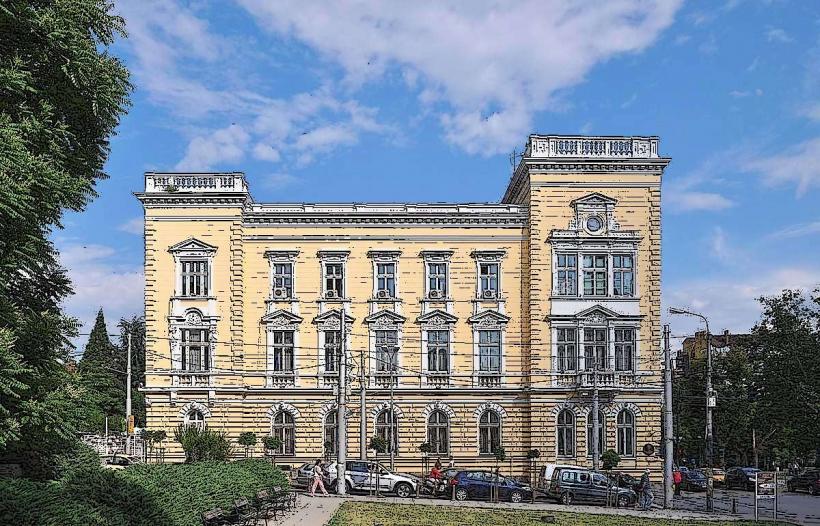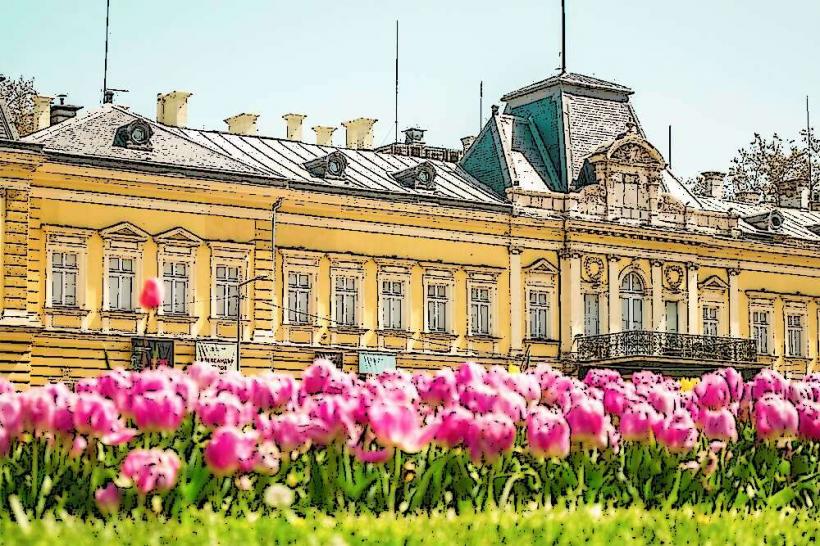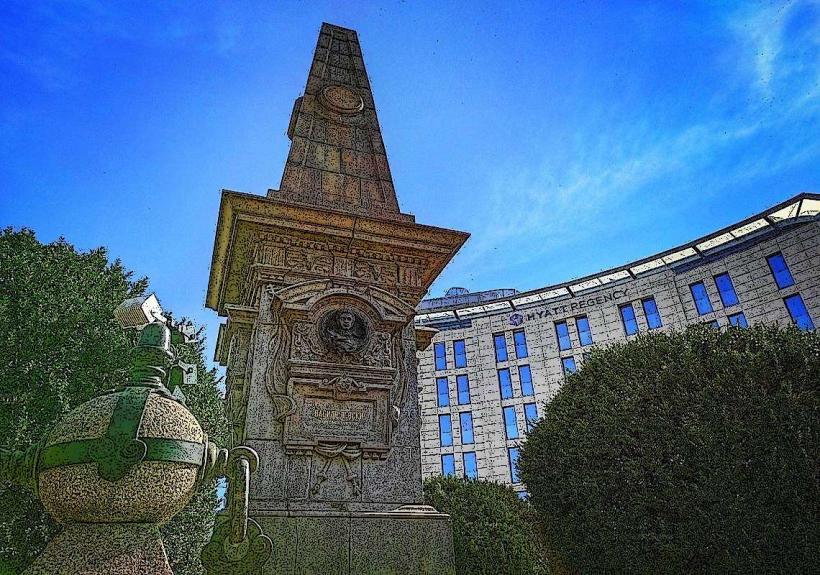Information
Landmark: Saint George RotundaCity: Sofia
Country: Bulgaria
Continent: Europe
The St. George Rotunda is an ancient and highly significant landmark in Sofia, standing as the city’s oldest and one of the best-preserved buildings. Here are some key details about this historical marvel:
Historical Background
- Origins: The rotunda was built in the early 4th century, during the reign of Roman Emperor Constantine the Great, who is said to have described Serdica (modern-day Sofia) as his favorite city.
- Usage Over Time: Originally constructed as a Roman public building, it has served various purposes throughout history, including as a baptistery, a Byzantine and later medieval church, and even a mosque during the Ottoman period. Today, it functions as an Eastern Orthodox church, hosting regular liturgies.
Architecture and Design
- Structure: The building is a rotunda (a circular structure) with a central dome, and its walls are made of red brick. Its robust construction has helped it survive the centuries with relatively little structural damage.
- Interior: The rotunda’s interior is small and intimate, with a circular nave surrounded by niches in the walls. The dome rises above, creating a striking effect that draws visitors' attention upward.
- Roman Ruins: The rotunda is surrounded by the remains of the ancient Roman city of Serdica, including foundations, pavements, and other ruins. These remnants provide a unique historical context and add to the ambiance of the site.
Frescoes and Artwork
- Layered Frescoes: Inside, the rotunda is decorated with layers of frescoes, which have been added over centuries. These frescoes date back to different eras, from the medieval period to later restorations, revealing the building's layered history.
- Notable Frescoes: The most famous frescoes are from the 10th century and depict a ring of saints under the dome. They showcase early Bulgarian medieval art, distinguished by its spiritual depth and stylized figures. There are also later frescoes from the 12th and 14th centuries.
- Restoration Efforts: Some frescoes were partially damaged or covered during the Ottoman period when the building was used as a mosque. Restoration efforts have carefully uncovered these artworks, though they remain somewhat faded and atmospheric.
Current Function and Significance
- Orthodox Church: Today, St. George Rotunda operates as a functioning Orthodox church, and liturgies are regularly held here. It is dedicated to St. George, one of the most venerated saints in Orthodox Christianity.
- Historical and Cultural Significance: The rotunda’s survival through centuries of different ruling empires, religious changes, and cultural shifts makes it a symbol of Sofia’s resilience and historical depth. It provides a living connection to the city’s ancient past.
Location and Surroundings
- Position: The rotunda is nestled within the courtyard of the Presidential Complex, making it somewhat hidden and secluded, which adds to its mystique.
- Nearby Landmarks: It’s situated near the Serdica Archaeological Complex and other important historical sites, such as the former headquarters of the Communist Party, now repurposed as government buildings. This mix of ancient, medieval, and modern architecture underscores Sofia’s unique character.
The St. George Rotunda is a fascinating intersection of history, art, and faith, embodying Sofia’s diverse heritage and standing as a serene reminder of the city’s ancient roots amidst a bustling modern capital.

